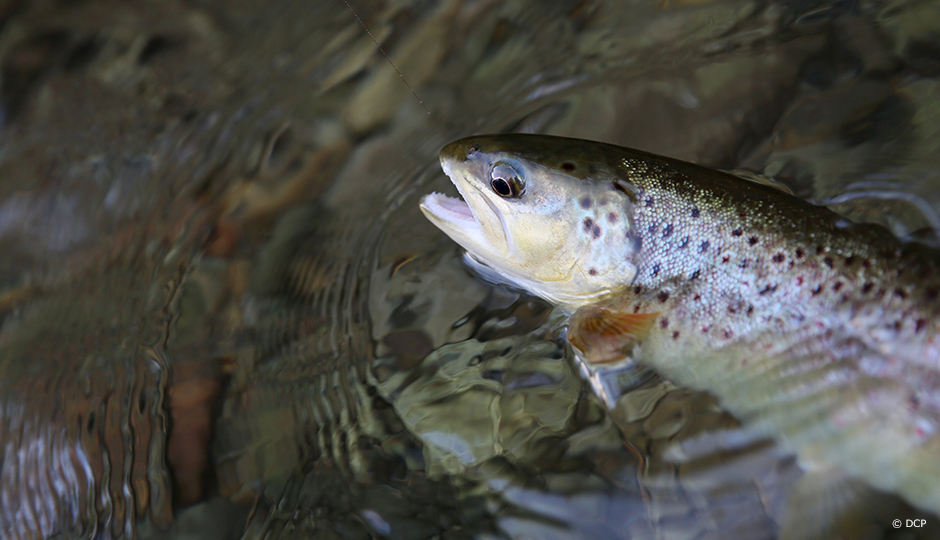Fish in Québec's rivers have a hard life. Culverts, those large cement or corrugated metal pipes installed under public roads and forest roads across Québec, can be difficult or impassible barriers for fish, preventing them from travelling between their breeding, feeding and refuge habitats. Culverts' narrow size and smooth bottoms can cause water to flow too fast for fish to swim against. Normand Bergeron, a professor of fluvial geomorphology and habitat at the INRS – Centre Eau Terre Environnement, set about trying to help engineers to design culverts that will facilitate fish passage.
Video images showed that, contrary to popular belief, fish do not attempt to pass through culverts in one go.
The researcher and his student, Elsa Goerig, tagged over a thousand brook trout—frequent culvert users —with microchips. Using antennae and cameras set up in a number of culverts, they watched the entry and exit points to monitor passage attempts of individual fish.
The scientist was also able to evaluate success or failure in passing through the culvert according to different criteria: fish size, water velocity, structure size, water temperature, etc. Video images showed that, contrary to popular belief, fish do not attempt to pass through culverts in one go; they swim in stages and use the corrugations to rest. This observation was crucial, as outdated corrugated culverts are often replaced by smooth concrete culverts that do not provide these resting places.
Normand Bergeron proposes placing small obstacles in culverts to provide resting areas for fish. This approach—which is soon to be tested—, along with the biological data collected during the study, will improve the culvert design models used by engineers.




